The city of Naples, a mesmerizing blend of history, culture, and untamed passion, has captivated the
world’s imagination for centuries. However, this enchanting metropolis doesn’t only come alive through its bustling streets, historic architecture, or mouthwatering cuisine—it also finds its essence captured on the silver screen. The interplay between cinema and the city of Naples is a complex, symbiotic relationship that reflects the city’s multifaceted character and provides a unique lens through which to explore its essence.
A Historical Tapestry: Naples Through the Cinematic Lens
From the glimmering waters of the Bay of Naples to the narrow alleys of the historic center, the city’s
physical features have long provided a backdrop for cinematic storytelling. Directors have utilized the iconic Vesuvius as a symbol of both destructive power and the fragile beauty of life. Federico Fellini’s “Nights of Cabiria” (1957) and Roberto Rossellini’s “Voyage to Italy” (1954) stand as early examples of films that showcased the stunning yet contradictory landscape of Naples.
However, it’s not just the city’s aesthetics that have drawn filmmakers—it’s the deep well of stories that
Naples holds. The city’s rich history, with its layers of mythology, ancient ruins, and historical significance,
becomes a treasure trove for narratives. Films like Matteo Garrone’s “Gomorrah” (2008), based on Roberto
Saviano’s exposé on the Neapolitan mafia, delve into the grittier aspects of life in Naples, shedding light on its underworld while capturing the resilience of its people.
Naples as a Character: The City’s Vibrant Personality
In many films, Naples transcends being just a backdrop; it transforms into a living, breathing character that influences the plot and characters. The city’s chaotic energy, reflected in its lively street markets,
passionate locals, and vivacious celebrations, often becomes a driving force in the narrative.
Consider the romantic drama “Love is All You Need” (2012), directed by Susanne Bier, which utilizes Naples’stunning vistas and vibrant culture to mirror the characters’ personal transformations. The city’s quirks, such as the famous Neapolitan custom of hanging bedsheets outside windows, add an authentic touch that deepens the storytelling.
Music, Mayhem, and Magic: Naples Unfiltered
Naples’ connection to music is as passionate as its relationship with cinema. The city’s musical heritage,
from the operas of Bellini to the folk tunes echoing through the streets, has left an indelible mark on
cinema. Films like “The Talented Mr. Ripley” (1999) blend the city’s atmospheric music with its labyrinthine
alleys, creating an immersive experience that captures Naples’ unique aura.
Furthermore, the city’s sense of unpredictability and the juxtaposition of beauty and chaos make it a fertile ground for magical realism. Films like “The Miracle” (2013) by Gianluca Maria Tavarelli blur the lines
between the ordinary and the extraordinary, much like the city itself does.
Challenges and Opportunities: Naples on Screen
While Naples has played host to countless cinematic stories, it also faces its own challenges that often find their way into films. The socio-economic disparities, the omnipresence of organized crime, and the struggle for modernization present themes that filmmakers can’t ignore. However, the films that emerge from these challenges also shed light on the resilience of the Neapolitan spirit. “Napoli Velata” (2017), directed by Ferzan Özpetek, intertwines a murder mystery with the city’s complexities, showcasing its ability to evolve while staying true to its essence. Naples, with its layers of history, contradictions, and fervent spirit, serves as a canvas for filmmakers to paint their stories upon.
Through its streets, its people, and its unique energy, the city of Naples becomes more than just a location—it transforms into an experience, a feeling that resonates with audiences around the world. Whether capturing its picturesque beauty or delving into its tumultuous depths, cinema and Naples share an unbreakable bond that continues to enrich both the city and the art form.
To watch our selection of film set in Naples check the website!
And don’t forget to click here to read more articles.


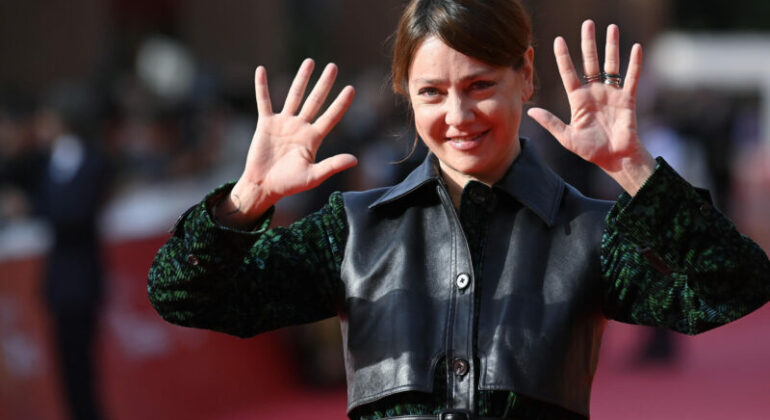
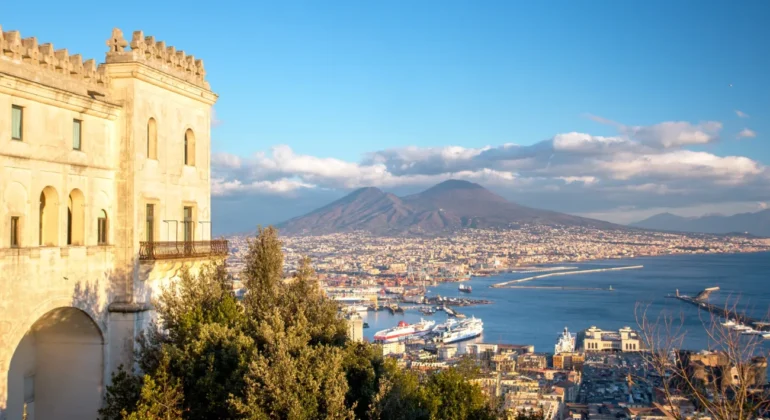
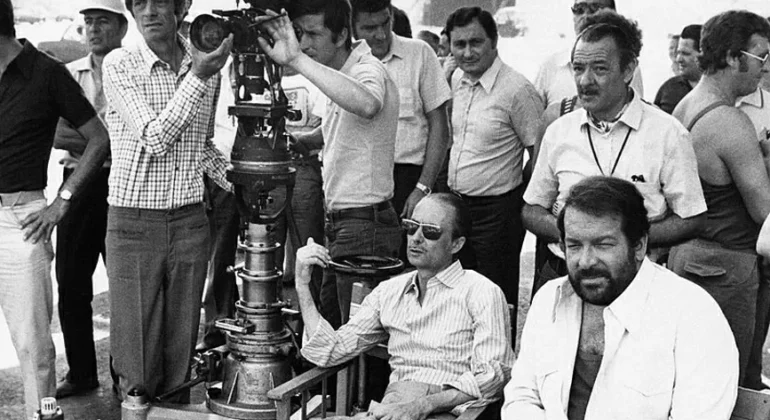
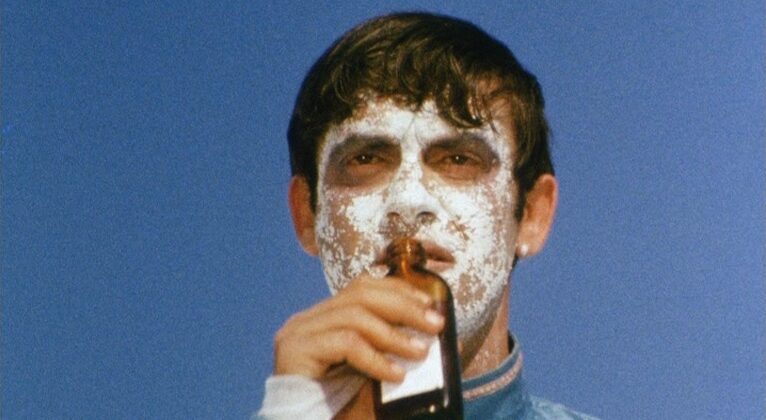
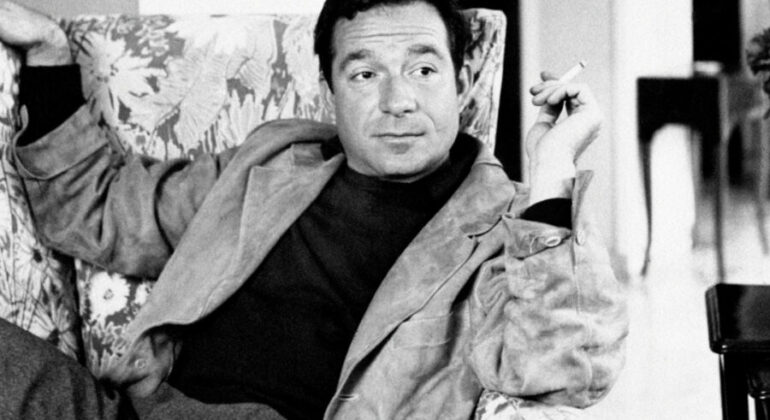
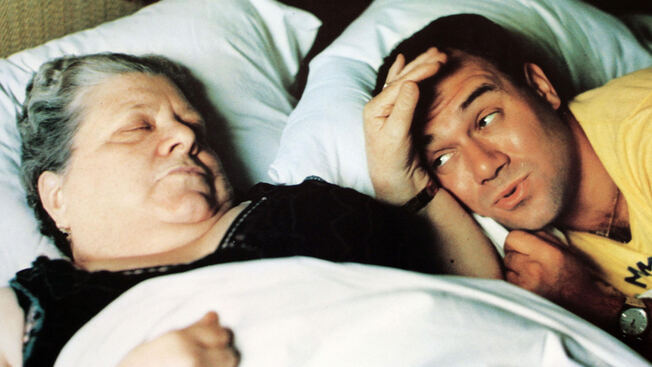
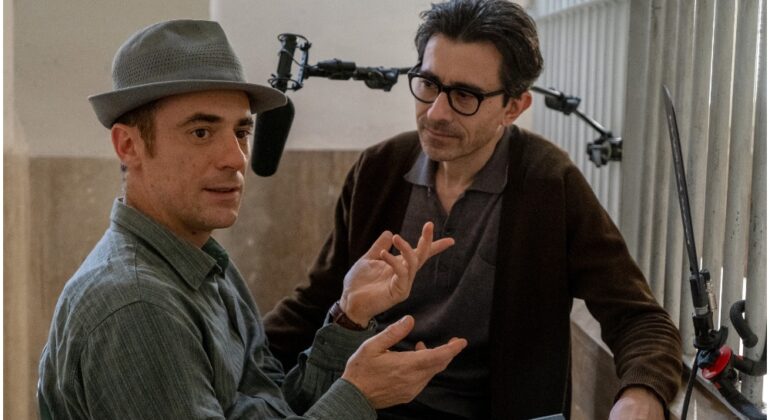

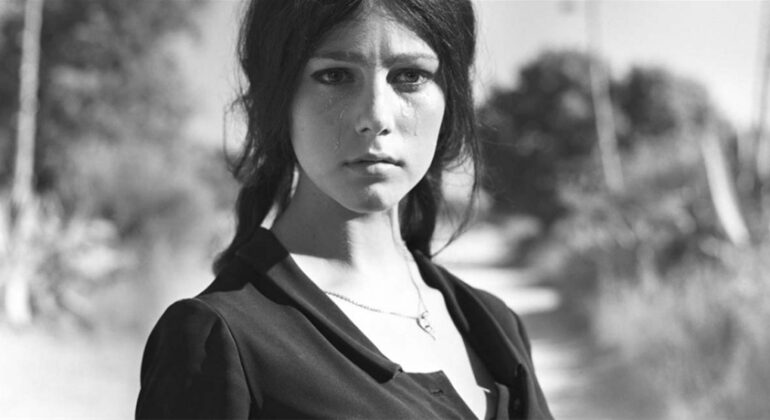





Recent Comments